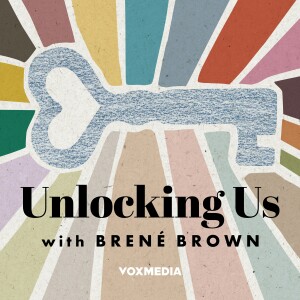

Triggers are stimuli—such as sounds, sights, smells, or even emotions—that provoke intense and often distressing emotional or physical reactions because they are linked to past traumatic experiences. For individuals with trauma, these triggers can bring back memories or feelings associated with a traumatic event, causing the body and mind to respond as if the event is happening again. This can lead to flashbacks, anxiety, panic attacks, or other emotional disturbances.Trauma is an emotional response to a deeply distressing or disturbing event, such as abuse, an accident, a natural disaster, or violence. Trauma can be acute (from a single event) or complex (from repeated exposure to distress over time). It leaves a lasting impact on an individual’s mental, emotional, and physical well-being, often leading to conditions like PTSD (Post-Traumatic Stress Disorder), anxiety, or depression. When a person is exposed to a trigger, their body may react automatically—through increased heart rate, sweating, or difficulty breathing—because the brain's fight-or-flight response is activated. The body may sense danger, even if none is present. While triggers can be unique to each person, common examples include loud noises (linked to past explosions or gunfire), certain scents (reminders of a specific place or person), or situations that mimic a past traumatic event. Managing triggers involves recognizing them, developing coping strategies, and possibly working with a therapist to heal from the trauma. Trauma-informed care, grounding techniques, mindfulness, and other therapies are often essential in helping individuals reclaim control over their responses and reduce the impact of their triggers. Understanding both triggers and trauma is critical to offering support and creating safe environments for those affected by these deeply ingrained responses. Make sure to LIKE, COMMENT & SHARE!! Follow on IG and TikTok for more!!
More Episodes
All Episodes>>You may also like
Creat Yourt Podcast In Minutes
- Full-featured podcast site
- Unlimited storage and bandwidth
- Comprehensive podcast stats
- Distribute to Apple Podcasts, Spotify, and more
- Make money with your podcast












